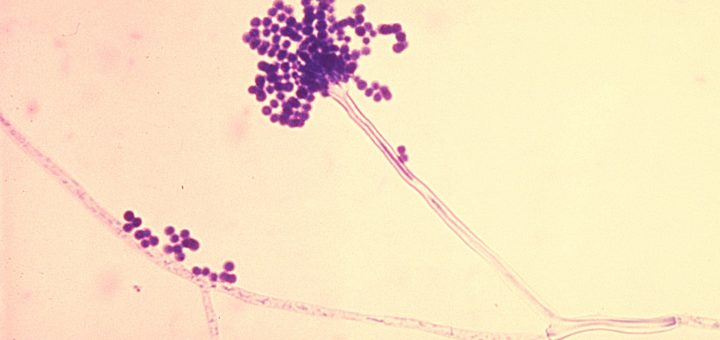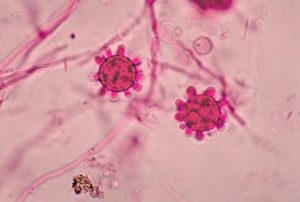#161: Opportunistic Fungal Infections
This October, I will be discussing human fungal infections. Although fungi can be extremely problematic for certain species of animals and plants, fungi cause humans relatively few problems. There are roughly 300 species of fungi that cause disease in humans, but the most common ones cause nuisance infections of the skin. About 20-25% of the global population has a fungal skin infection like ringworm, athlete’s foot, and similar diseases. Although annoying, these infections are not very severe. There are a few fungi that cause more severe diseases, but these are much less common. The most dangerous type of fungal infections are the opportunistic infections. These are caused by normally benign fungi that take advantage of unusual conditions, such as when a patient has a weakened immune system.








![#011: Characteristics of Kingdom Fungi [Archived]](https://www.fungusfactfriday.com/wp-content/themes/hueman/assets/front/img/thumb-small-empty.png)


